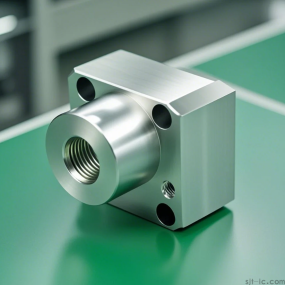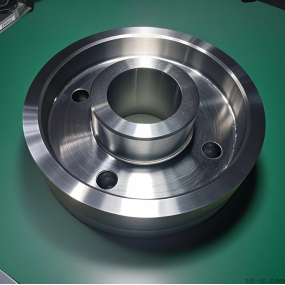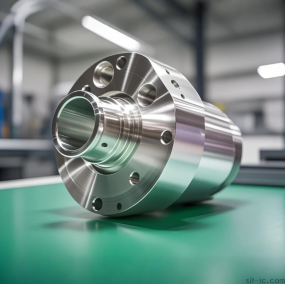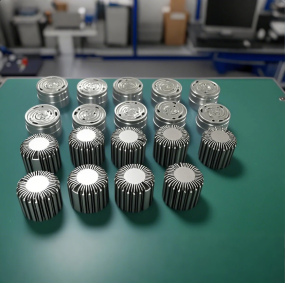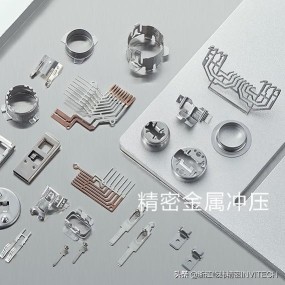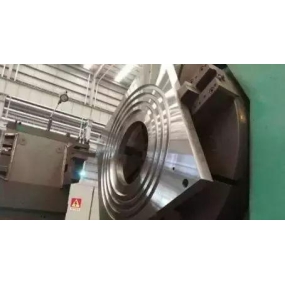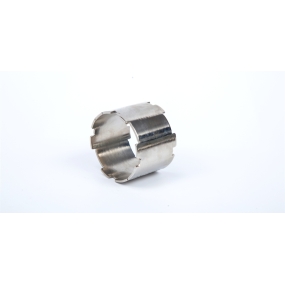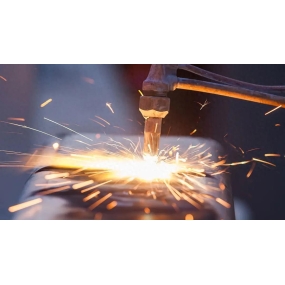In the processing of steel parts, the inspection of welding quality is a crucial link, which is directly related to the overall quality and safety of the parts. The following are the main aspects of the welding quality inspection of steel parts, presented in a clear and point-by-point manner, and try to refer to the numbers and information in the relevant articles: 1. Inspection before welding 1. Base metal and welding consumables: Check the material, specifications, quality certificates, etc. of steel and welding consumables to ensure that they meet the design requirements and relevant standards. 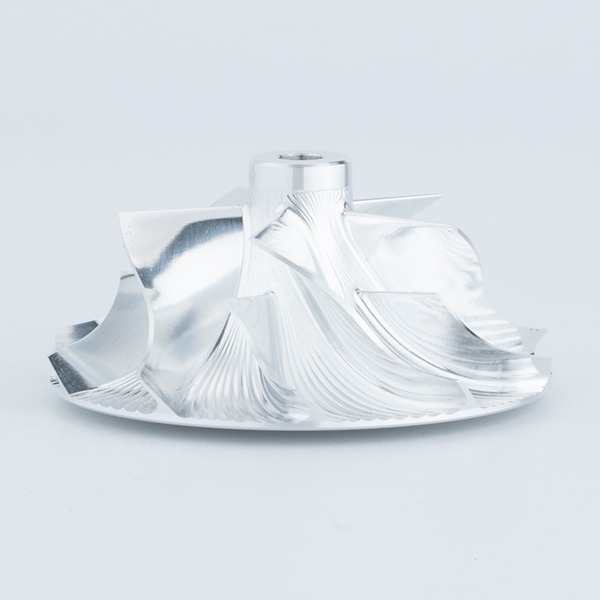 2, Bevel and group pair: Check the size, shape and cleanliness of the groove, as well as the clearance, staggered amount, etc. after the group pair to ensure that they meet the welding process requirements. 3. Welding equipment: Check the performance and integrity of welding equipment (such as welding machine, welding gun, etc.), as well as the supply of power supply and gas. 2. Welding process inspection 1. Welding parameters: Check whether the welding current, voltage, welding speed and other parameters are set correctly, and record the actual welding parameters. 2. Welding operation: Observe whether the welding operation is standardized, such as welding angle, welding sequence, weld bead overlap, etc. 3. Inter-layer cleaning: Check whether the welding slag, splash and other impurities are cleaned up in time after each layer of welding to ensure the quality of the next layer of welding. 3. Inspection after welding 1. Appearance inspection: The surface of the weld should be flat and smooth, without cracks, slag inclusions, pores and other defects. The width and height of the weld should meet the design requirements, and the two sides of the weld should be evenly transitioned. Check whether there are defects that are not allowed such as undercut, not fully welded, root shrinkage, etc. 2. Dimensional inspection: Use measuring tools to check the size deviation, shape deviation, etc. of the weld to ensure that it meets the requirements of drawings and specifications. 3. Non-destructive testing: For important or complex welds, non-destructive testing should be carried out, such as X-ray inspection, ultrasonic inspection, etc., to find defects inside the weld. According to the grade and requirements of the weld, the corresponding non-destructive testing ratio and method selection should be carried out. For example, the first-level weld should be 100% UT (ultrasonic) inspection, while the second-level weld can be 20% lOT (radiation) inspection. 4. Mechanical properties test: carry out tensile test, impact test and other mechanical properties tests as needed to evaluate the strength and toughness of the weld. IV. Record and report 1. Welding record: record in detail the various parameters, inspection results and other information in the welding process for follow-up traceability and analysis. 2. Inspection report: issue a complete welding quality inspection report, clearly identify the quality grade of the weld and the existing problems for the user‘s reference and use.
2, Bevel and group pair: Check the size, shape and cleanliness of the groove, as well as the clearance, staggered amount, etc. after the group pair to ensure that they meet the welding process requirements. 3. Welding equipment: Check the performance and integrity of welding equipment (such as welding machine, welding gun, etc.), as well as the supply of power supply and gas. 2. Welding process inspection 1. Welding parameters: Check whether the welding current, voltage, welding speed and other parameters are set correctly, and record the actual welding parameters. 2. Welding operation: Observe whether the welding operation is standardized, such as welding angle, welding sequence, weld bead overlap, etc. 3. Inter-layer cleaning: Check whether the welding slag, splash and other impurities are cleaned up in time after each layer of welding to ensure the quality of the next layer of welding. 3. Inspection after welding 1. Appearance inspection: The surface of the weld should be flat and smooth, without cracks, slag inclusions, pores and other defects. The width and height of the weld should meet the design requirements, and the two sides of the weld should be evenly transitioned. Check whether there are defects that are not allowed such as undercut, not fully welded, root shrinkage, etc. 2. Dimensional inspection: Use measuring tools to check the size deviation, shape deviation, etc. of the weld to ensure that it meets the requirements of drawings and specifications. 3. Non-destructive testing: For important or complex welds, non-destructive testing should be carried out, such as X-ray inspection, ultrasonic inspection, etc., to find defects inside the weld. According to the grade and requirements of the weld, the corresponding non-destructive testing ratio and method selection should be carried out. For example, the first-level weld should be 100% UT (ultrasonic) inspection, while the second-level weld can be 20% lOT (radiation) inspection. 4. Mechanical properties test: carry out tensile test, impact test and other mechanical properties tests as needed to evaluate the strength and toughness of the weld. IV. Record and report 1. Welding record: record in detail the various parameters, inspection results and other information in the welding process for follow-up traceability and analysis. 2. Inspection report: issue a complete welding quality inspection report, clearly identify the quality grade of the weld and the existing problems for the user‘s reference and use.
Hello! Welcome to EMAR's website!
 English
English » »
» »
 Spanish
Spanish Arabic
Arabic French
French Portuguese
Portuguese Belarusian
Belarusian Japanese
Japanese Russian
Russian Malay
Malay Icelandic
Icelandic Bulgarian
Bulgarian Azerbaijani
Azerbaijani Estonian
Estonian Irish
Irish Polish
Polish Persian
Persian Boolean
Boolean Danish
Danish German
German Filipino
Filipino Finnish
Finnish Korean
Korean Dutch
Dutch Galician
Galician Catalan
Catalan Czech
Czech Croatian
Croatian Latin
Latin Latvian
Latvian Romanian
Romanian Maltese
Maltese Macedonian
Macedonian Norwegian
Norwegian Swedish
Swedish Serbian
Serbian Slovak
Slovak Slovenian
Slovenian Swahili
Swahili Thai
Thai Turkish
Turkish Welsh
Welsh Urdu
Urdu Ukrainian
Ukrainian Greek
Greek Hungarian
Hungarian Italian
Italian Yiddish
Yiddish Indonesian
Indonesian Vietnamese
Vietnamese Haitian Creole
Haitian Creole Spanish Basque
Spanish Basque


